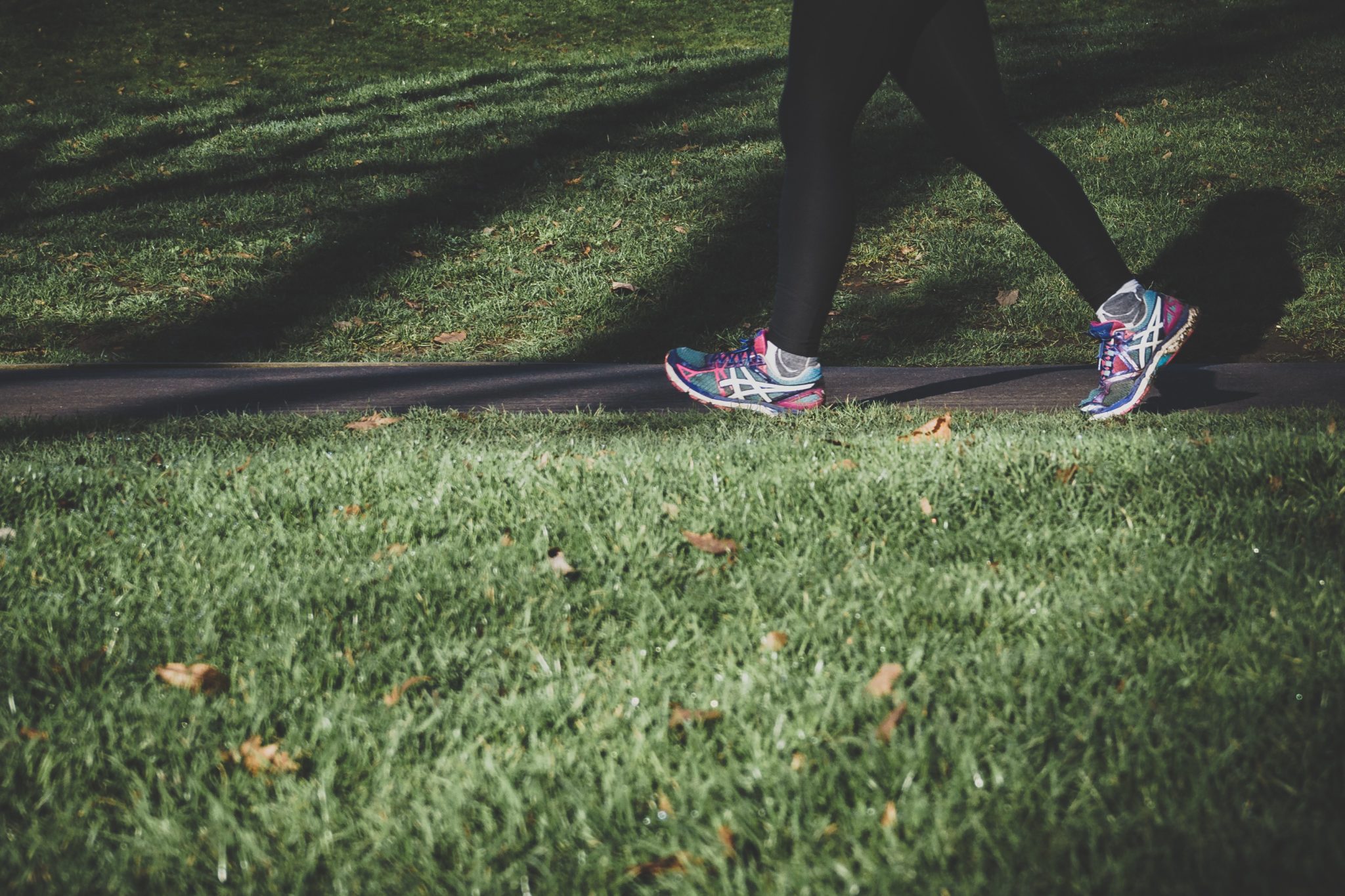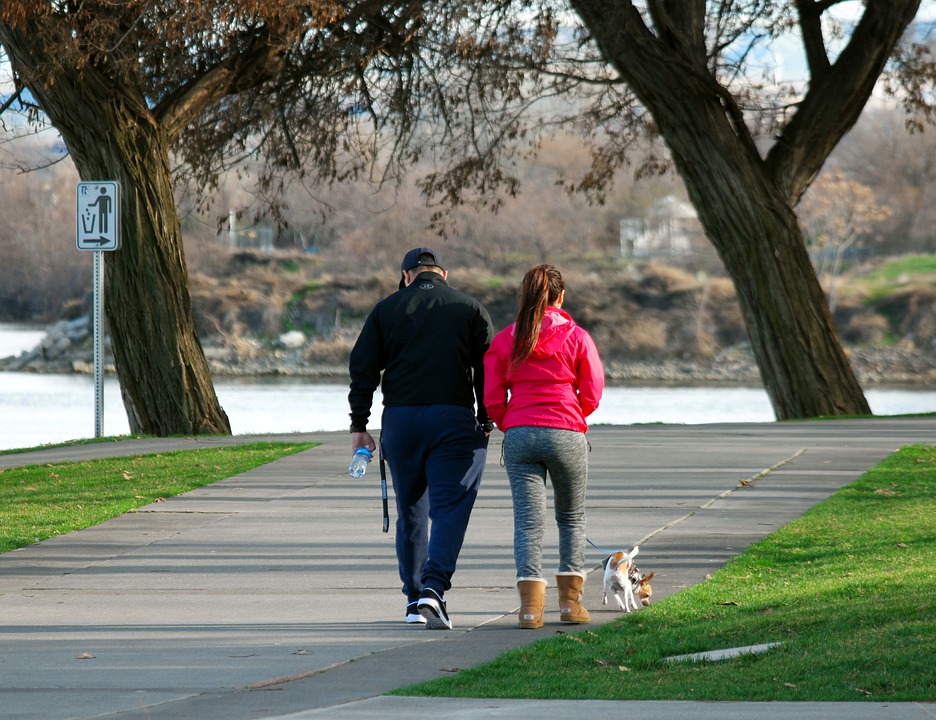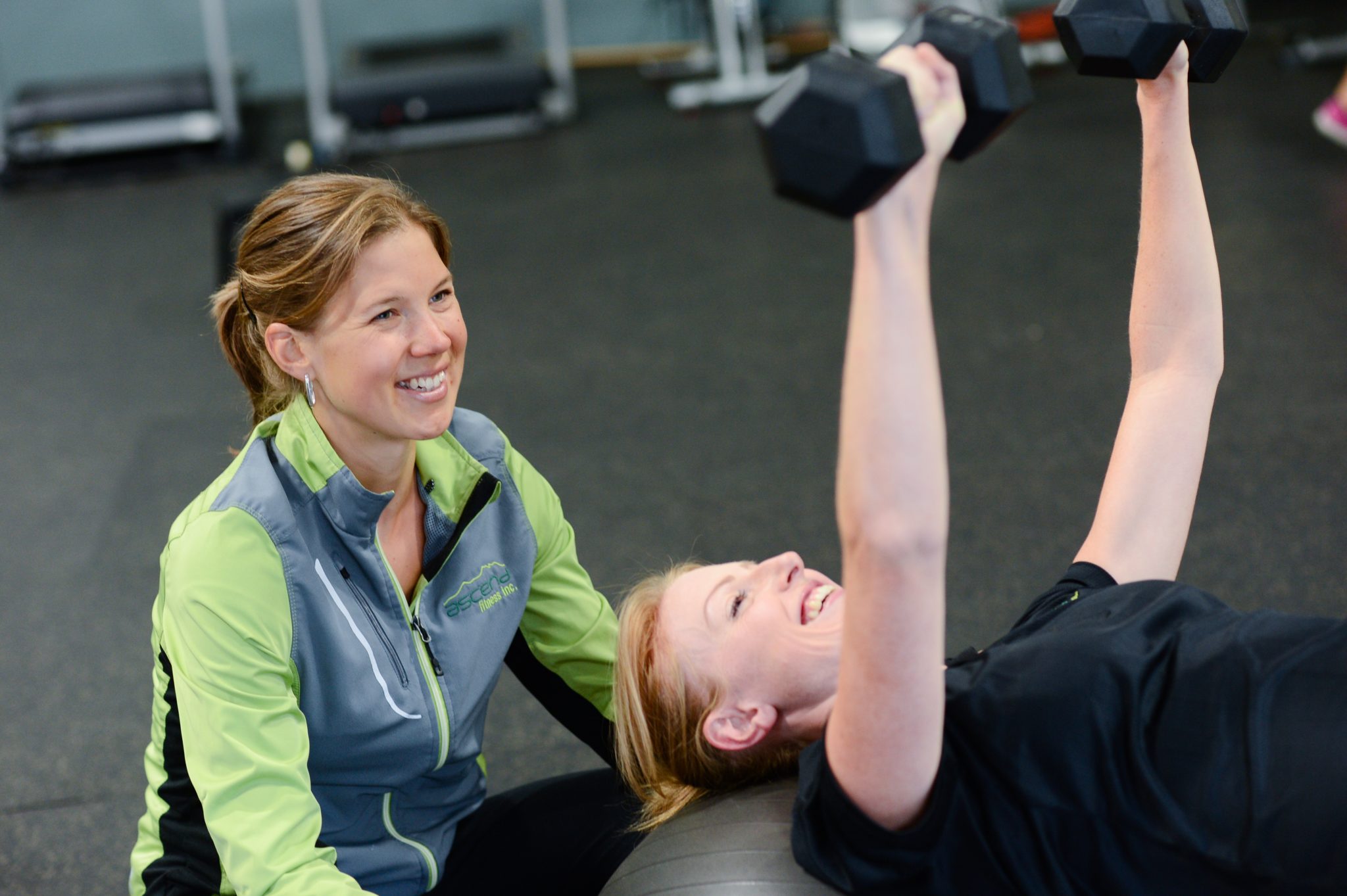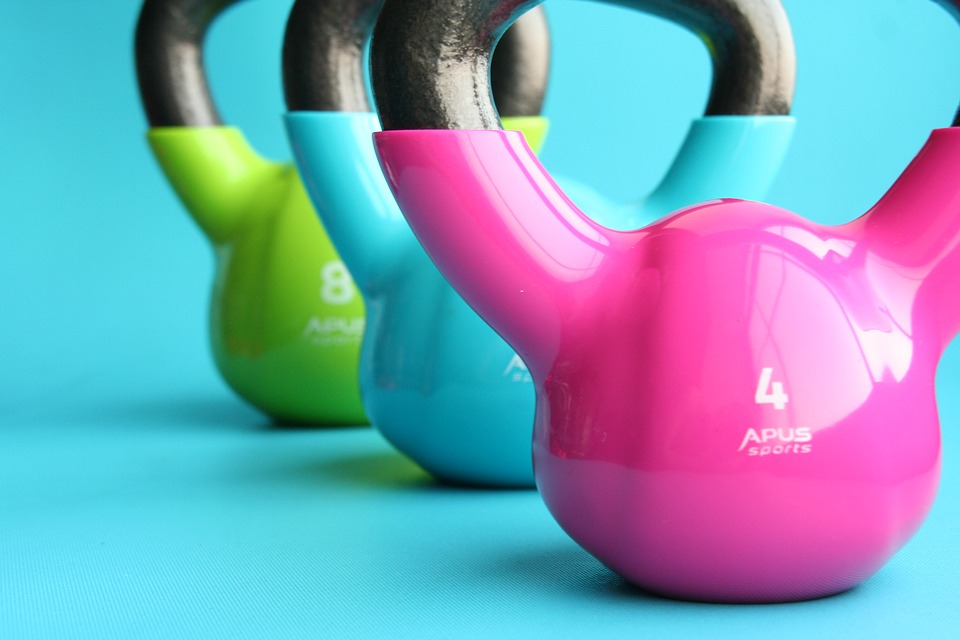Walking is man’s best medicine. — Hippocrates
Over 2000 years ago, a Greek physician claimed that walking (and food) were the best types of medicine for man. He believed the secret to staying healthy hung on these 2 things. Just 200 years ago, Thomas Jefferson proclaimed walking as the “best possible exercise.” Best- that’s quite a statement!
But now, hundreds of years later, does the research still support this?

Is walking really good enough?
Does the science indicate that we should be doing higher intensity exercise?
Is walking enough to stay in shape?
Will walking help you keep off unwanted pounds?
Is walking enough to keep you muscles, bones and organs strong and healthy?
Looking at the research, the benefits of walking reveal some interesting results, depending on how much time you invest.
Walking Just 1 Minute
- Can extend life by 1.5-2 minutes
Walking Only 10 Minutes
- Boosts endorphins, eases stress and tension, anger, fatigue and confusion
Walking 20 Minutes Per Week
- Can extend life by several years
Walking 20 Minutes, 5 Days Per Week
- Burns 7 pounds of body fat per year
Walking 30 Minutes, 5 Days Per Week
- Can reduce the risk of heart disease by 50%
- Reduces stress, cholesterol and blood pressure
- Along with diet, can reduce risk of diabetes by 50%
Walking 45 Minutes, 5 Days Per Week
- Reduces the odds of catching a cold by 50%

BUT WAIT, there’s MORE…
- Women who walk regularly are 31% less likely to develop colon cancer
- Walking 6-9 miles weekly reduces the risk of Alzheimer’s by 50% and improves memory
- Prostate cancer patients can reduce their risk of mortality by walking just 90 minutes per week
- Builds bone mass reducing risk of osteoporosis
- Improves heart health by increasing heart rate and circulation
Obviously, ANYONE can receive benefits from getting a few extra steps in their day or week and the MORE the BETTER!
The benefits are definitely there, but will walking help you achieve your personal fitness or health goals? Much of that depends on you and where you want to go.
Here are a few things to consider…
Your Pace Counts
Walking as a form of aerobic exercise is supposed to get you breathing harder and increase your heart rate- you should actually break a sweat. Moderate intensity exercise (walking) can be defined as able to carry on a conversation with someone, although not easily. Remember that aerobic activity is actually exercising your heart and you need to make it work harder than usual in order to strengthen it.
The more ‘in shape’ your body is, the more effort it will take to increase your heart rate. Therefore, those just beginning to exercise may find that they can easily increase their heart rate and breathing by brisk walking but those who have a longer history of consistent exercise may need to use forms of higher-intensity exercise to get full cardiovascular effects. For many, a brisk walk is 3.5-4.5 mph, but as stated, your fitness level plays a significant role in determining what is appropriate for you!

There are some great apps to map your walk and keep track of your pace. Here are a few that are FREE for android and apple products:
Compliance Is Everything
In the area of exercise, we know that when individuals engage in activities they find enjoyable, easy to do and even pleasurable is a powerful factor in promoting consistency. If your physician recommends swimming but you can’t stand getting your hair wet, then it’s unlikely you will perform this activity on a routine basis. Research shows that individuals who choose their preferred form of physical activity are more likely to follow through with the planned or recommended weekly goal. If walking appeals to you- GO FOR IT! But if it sounds mundane, boring and unmotivating, then choosing a different form of exercise is best.
NO EXERCISE = NO RESULTS
Plain and simple.
Strength Training Should Not Be Neglected
Walking can strengthen some muscles including your, quadriceps, hamstrings, calves, gluteus maximus and medius, but it fails to strengthen all muscles. While the CDC does recommend 30-60 minutes of aerobic exercise 5x/wk, it is also recommended to include 2-3 days strength training in the weekly routine.

Research over the decades has shown that strength training is the best method to slow and even halt sarcopenia (the loss of muscle mass through aging). While aerobic exercise, like walking, is certainly beneficial, it simply does not have the power to stop the degradation of your muscles like strength training. IF you are only focusing on walking, you are missing a crucial key to overall health. Remember that if you lose muscle, your metabolism drops faster, making it easier to gain weight!
Time Crunch Challenge
Time- this continues to be one of the BIGGEST reasons people do not exercise regularly…they just can’t find the time. As seen in the research above, even a few minutes of walking can change the course of your health! Yay!! BUT, if you are desiring weight loss or more dramatic health results, it will either require more time walking OR higher intensity exercise (jogging, fast cycling, competitive sports) OR a combination of both. The American College of Sports Medicine actually identifies that simply 150 minutes of moderate exercise may not be enough to prevent weight regain or to meet someone’s weight or fitness goals. In fact, almost double the time (~250-300 minutes moderate exercise/week) may be required to meet those goals!
Good news…
2 minutes of moderate intensity exercise = 1 minute of vigorous intensity exercise

That means that jogging for 30 minutes is like walking for 60 minutes. While not everyone will be ready or able for vigorous intensity exercise, many can gradually work towards it over time, as their fitness level improves.
Shedding Body Fat
Walking burns calories- it’s a fact. But, if fat loss is the goal, research shows there are other exercise methods that are much more effective eliminating those undesirable inches. Your walking pace, consistency, time, heart rate, and incline all contribute to how many calories your body is burning and the intensity level. But rarely does walking contribute to burning fat stores effectively.
One popular and researched method for losing fat is high-intensity interval training. This particular type of exercise method has been shown to be highly effective in reducing subcutaneous fat (visible fat directly under the skin) and abdominal fat. In addition, it also appears to lower insulin resistance (improve blood sugar) and improve fitness level, all in less time than steady state exercise (walking, jogging- rhythmic activities). If interested in learning more about high intensity interval training (HIIT) and whether this is right for you, read this article.
Final Thoughts…
Walking is one of the least expensive and easiest forms of exercise. No matter your age or fitness level, the benefits are there! Going out for a 5, 15, 30 or 60 minute walk each day can do nothing but boost your health, energy, and mood. However, walking may not help everyone achieve their fitness goals.
Walking is a respectable form of exercise when we treat it as such. But as you body gets more fit and adapts to this form of movement, it becomes efficient. That is the perfect time to add a new fitness challenge to the mix, like walk-jog, a strength training routine, HIIT or a dance class you have been curious about.

Recommendations are created to give you guidance based on the research. But only you know yourself. It is absolutely crucial that YOU choose activities that you like to do in the environment that you are most likely to follow through. No one can gift you with weight loss, improved blood sugar or fat reduction. But you are empowered to CHOOSE the exercise and fitness methods that will work best for you and your body. Chat with a healthcare practitioner or Registered Dietitian if you have questions or concerns about where to begin.
I am here to help you confidently live the life you want to live. There is power in your next steps!
REFERENCES
American College of Sports Medicine,
https://www.acsm.org/docs/brochures/starting-a-walking-program.pdf
Boutcher, S. H. (2011). High-Intensity Intermittent Exercise and Fat Loss. Journal of Obesity, 2011, 868305. http://doi.org/10.1155/2011/868305
Centers for Disease Control and Prevention, https://www.cdc.gov/physicalactivity/basics/adults/index.htm
